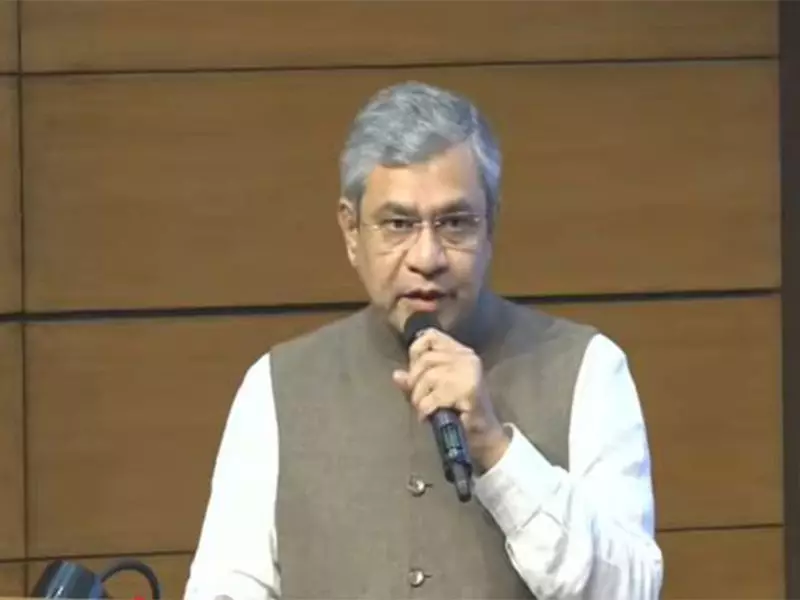
In a significant move to strengthen India's position in the global green energy race, the Union Cabinet has approved a substantial rationalization of royalty rates for several critical minerals. The decision, chaired by Prime Minister Narendra Modi, aims to make domestic mining more attractive and secure essential supplies for renewable energy technologies.
Strategic Rate Reduction for Key Minerals
The cabinet meeting held on Wednesday approved revised royalty rates for four crucial minerals: graphite, caesium, rubidium, and zirconium. This decision represents a strategic shift in India's mineral policy, specifically targeting minerals essential for clean energy technologies and high-tech applications.
According to the approved changes, the royalty rate for graphite has been reduced from 12% to 2% of the average sale price. Similarly, the rates for caesium and rubidium have been lowered from 12% to 2%. For zirconium, the royalty has been significantly reduced from 11.5% to just 2.5% of the average sale price.
Boosting Domestic Mining and Reducing Import Dependence
The rationalization of royalty rates is expected to have multiple positive impacts on India's mineral sector and green energy ambitions. By making mining operations more financially viable, the government aims to stimulate domestic production of these critical minerals that are currently largely imported.
This move aligns with India's broader strategy to enhance self-reliance in mineral resources crucial for manufacturing solar panels, wind turbines, energy storage systems, and other clean energy technologies. The reduced royalty burden will make Indian mining projects more competitive in the global market and attract greater investment in the sector.
Supporting Green Energy Transition Goals
The timing of this decision is particularly significant as India pushes forward with its ambitious renewable energy targets. Graphite is essential for lithium-ion batteries used in electric vehicles and energy storage, while zirconium finds applications in nuclear power plants and advanced ceramics.
Caesium and rubidium, though less commonly discussed, play vital roles in specialized electronics, medical applications, and research. By ensuring a stable domestic supply of these minerals at competitive prices, India can strengthen its position in the global green technology value chain.
The government's decision reflects a comprehensive approach to mineral resource management, balancing economic viability with strategic national interests in the rapidly evolving global energy landscape.





